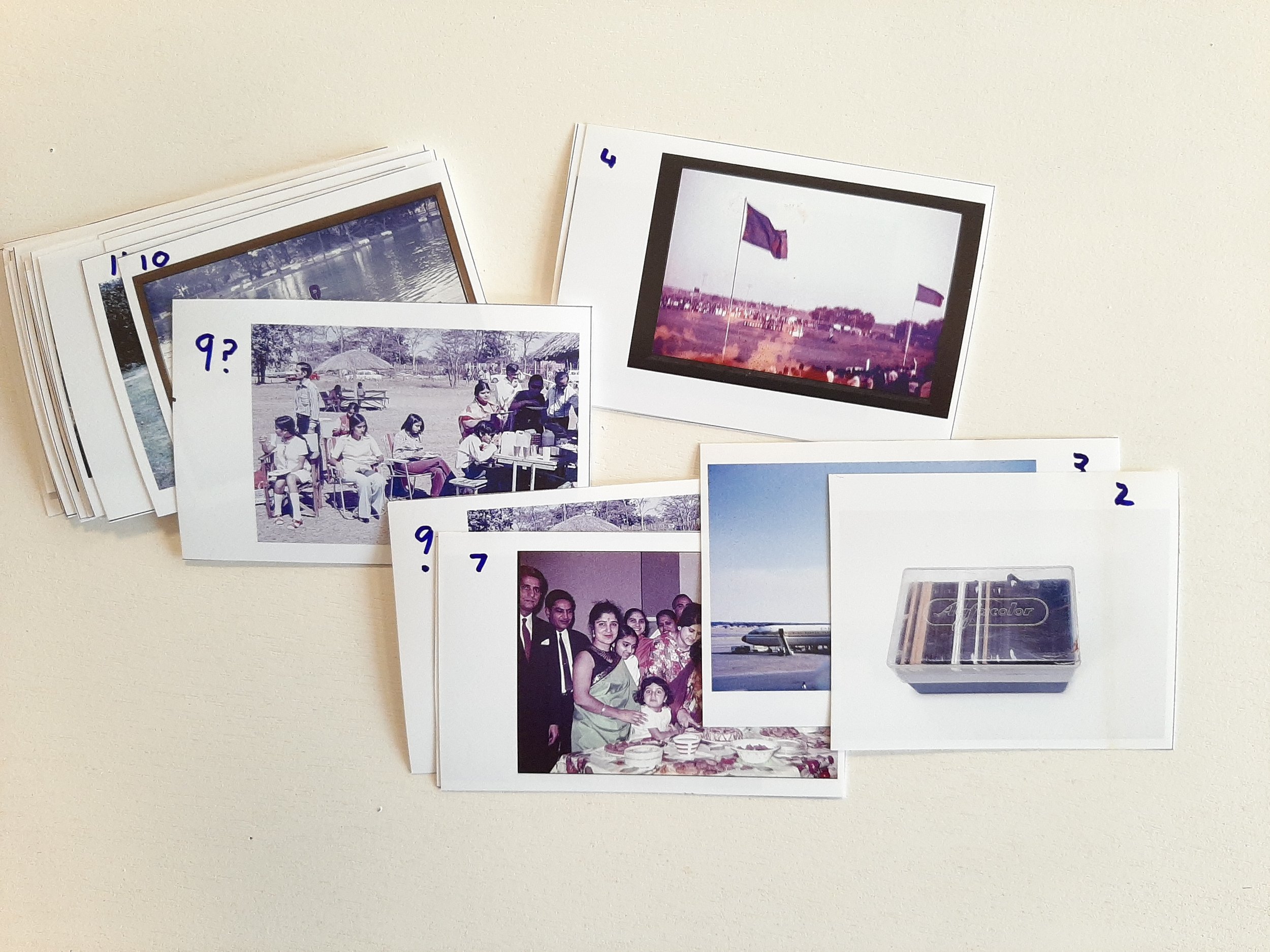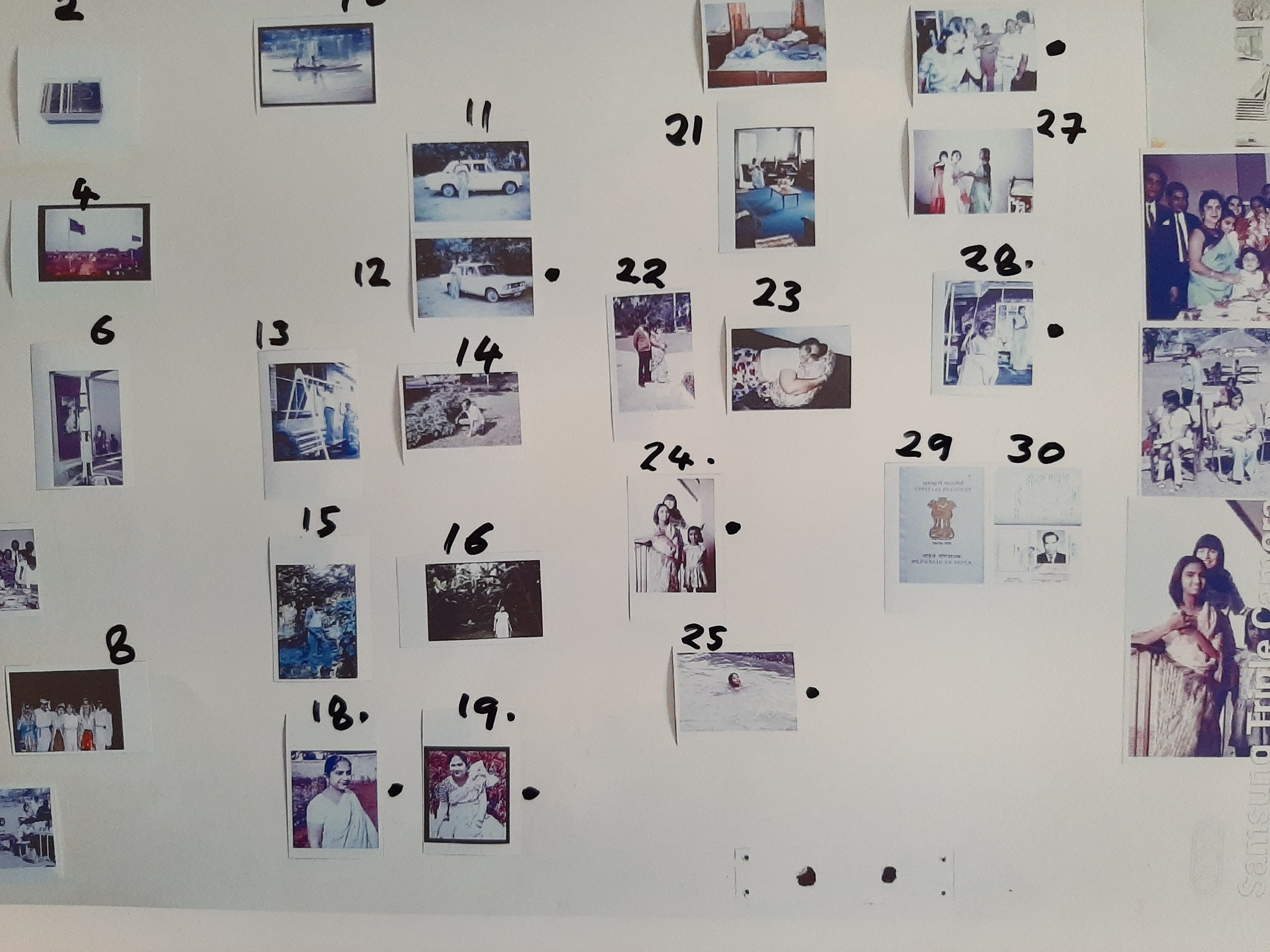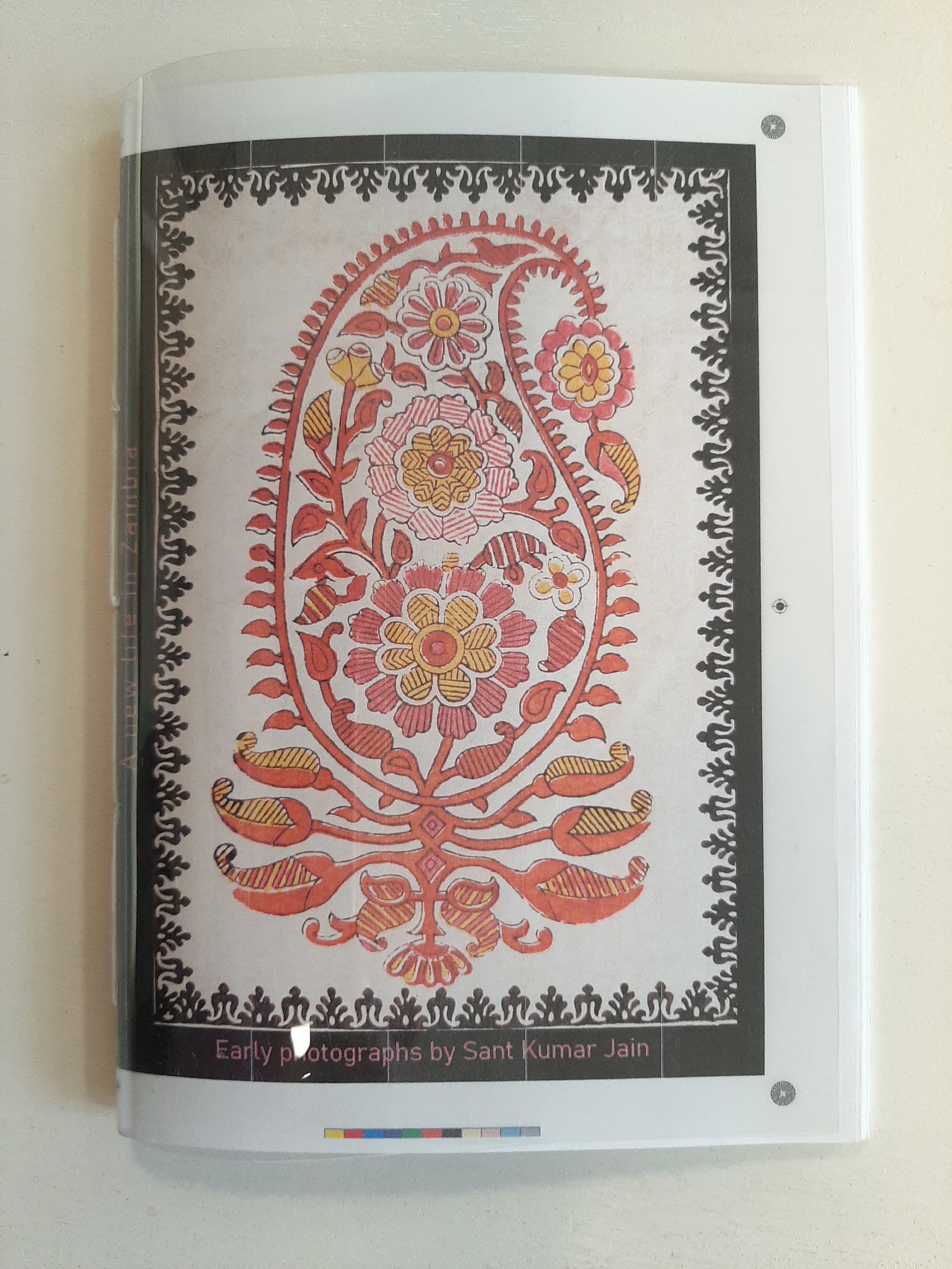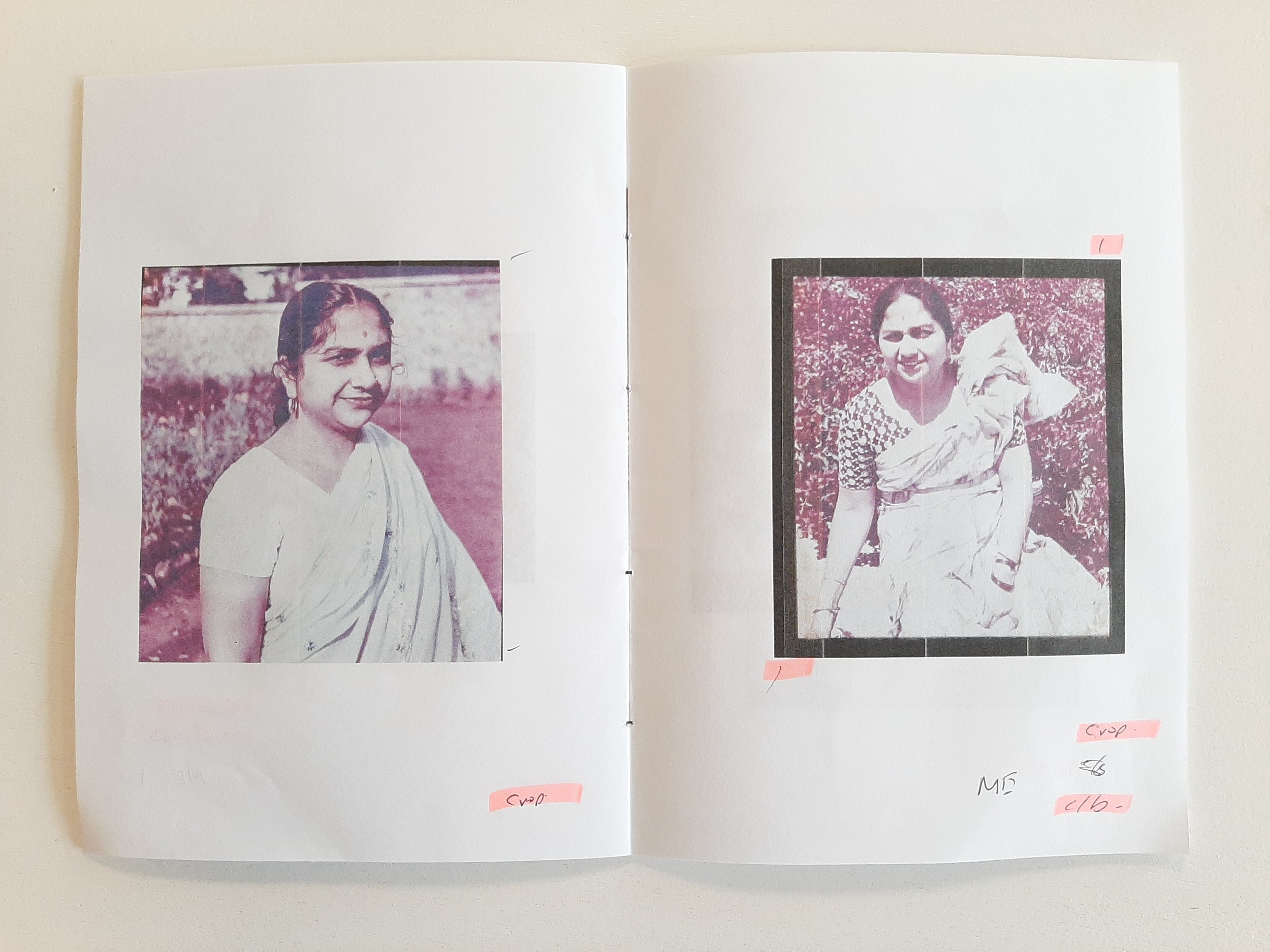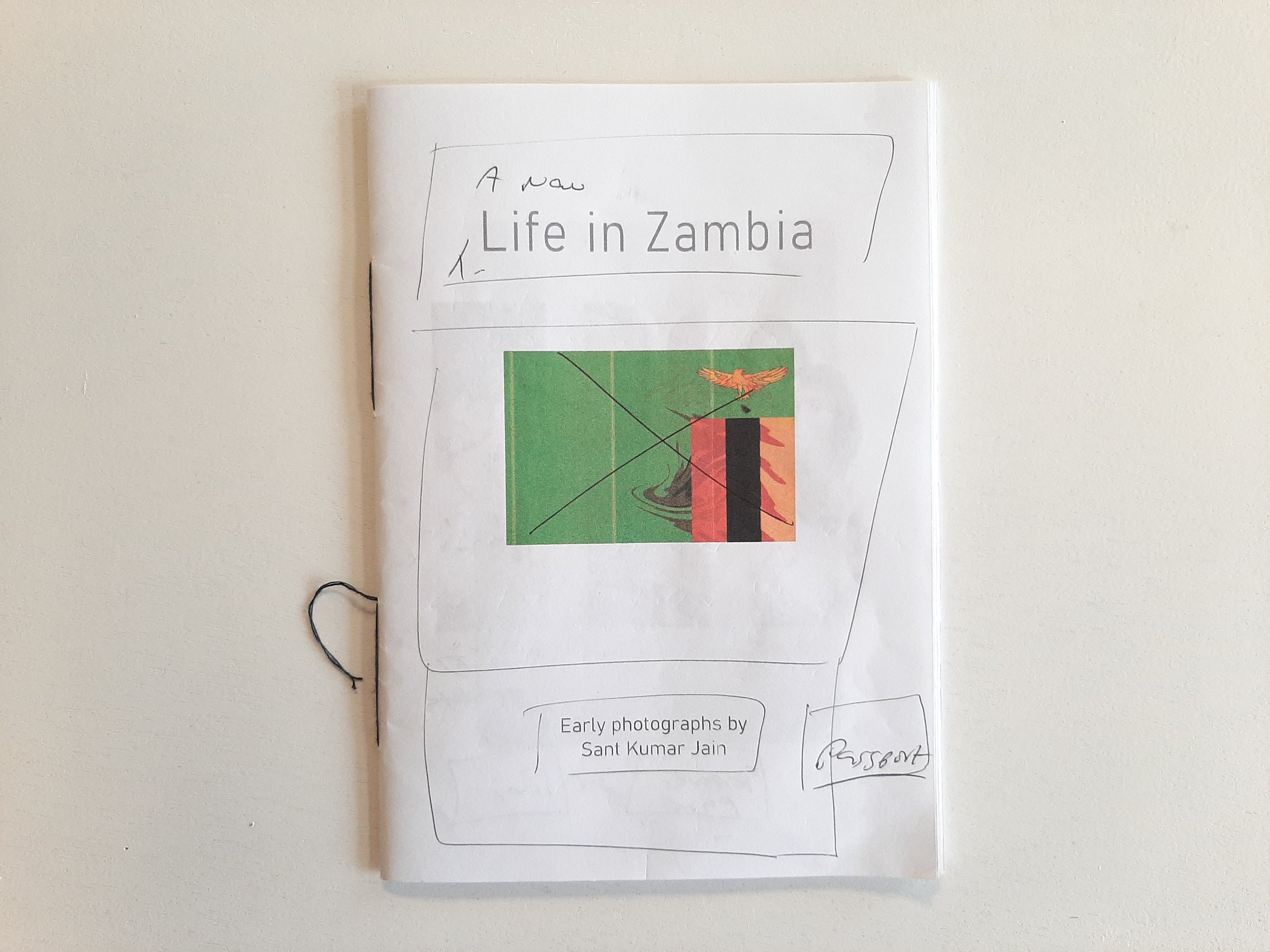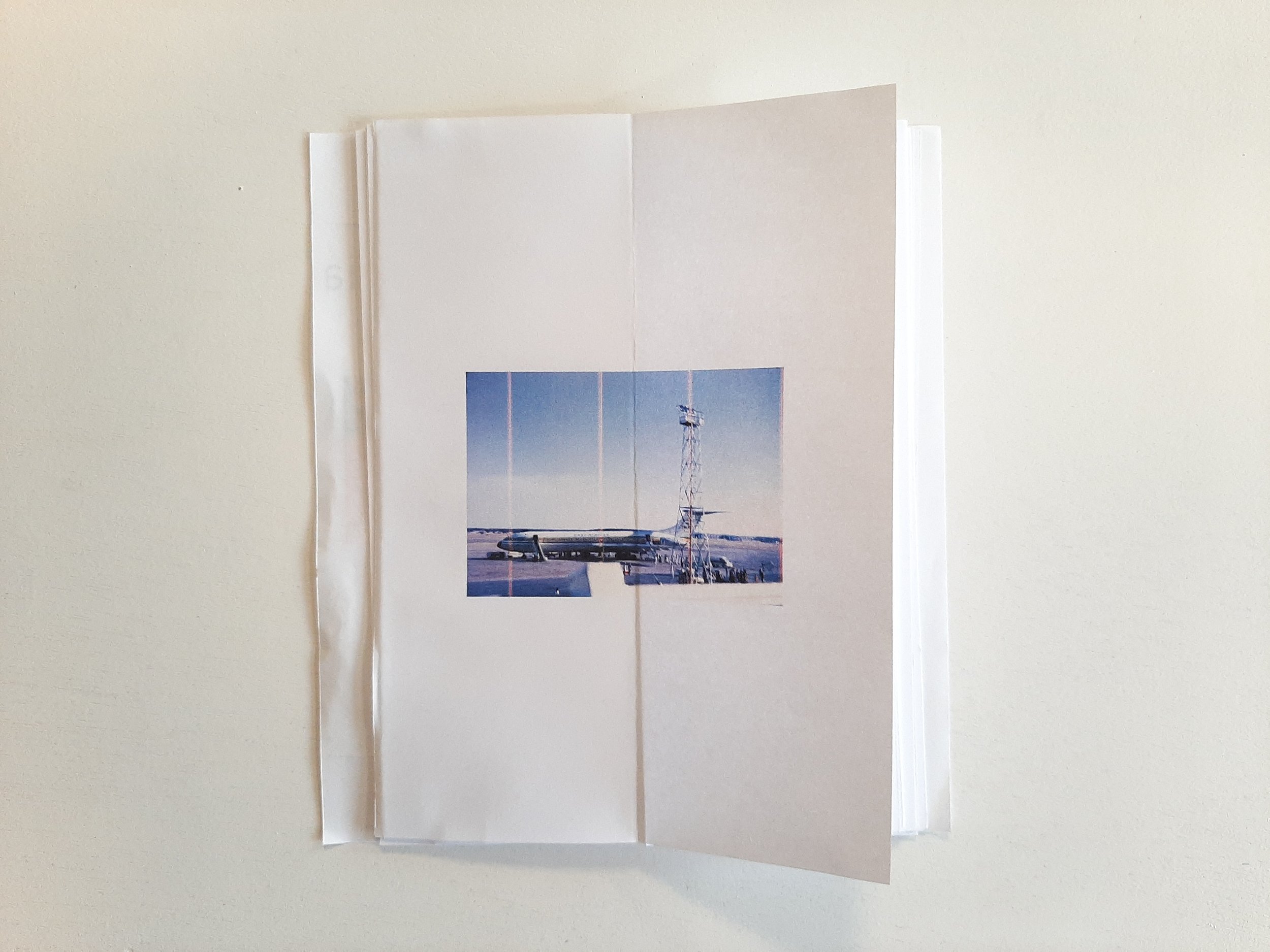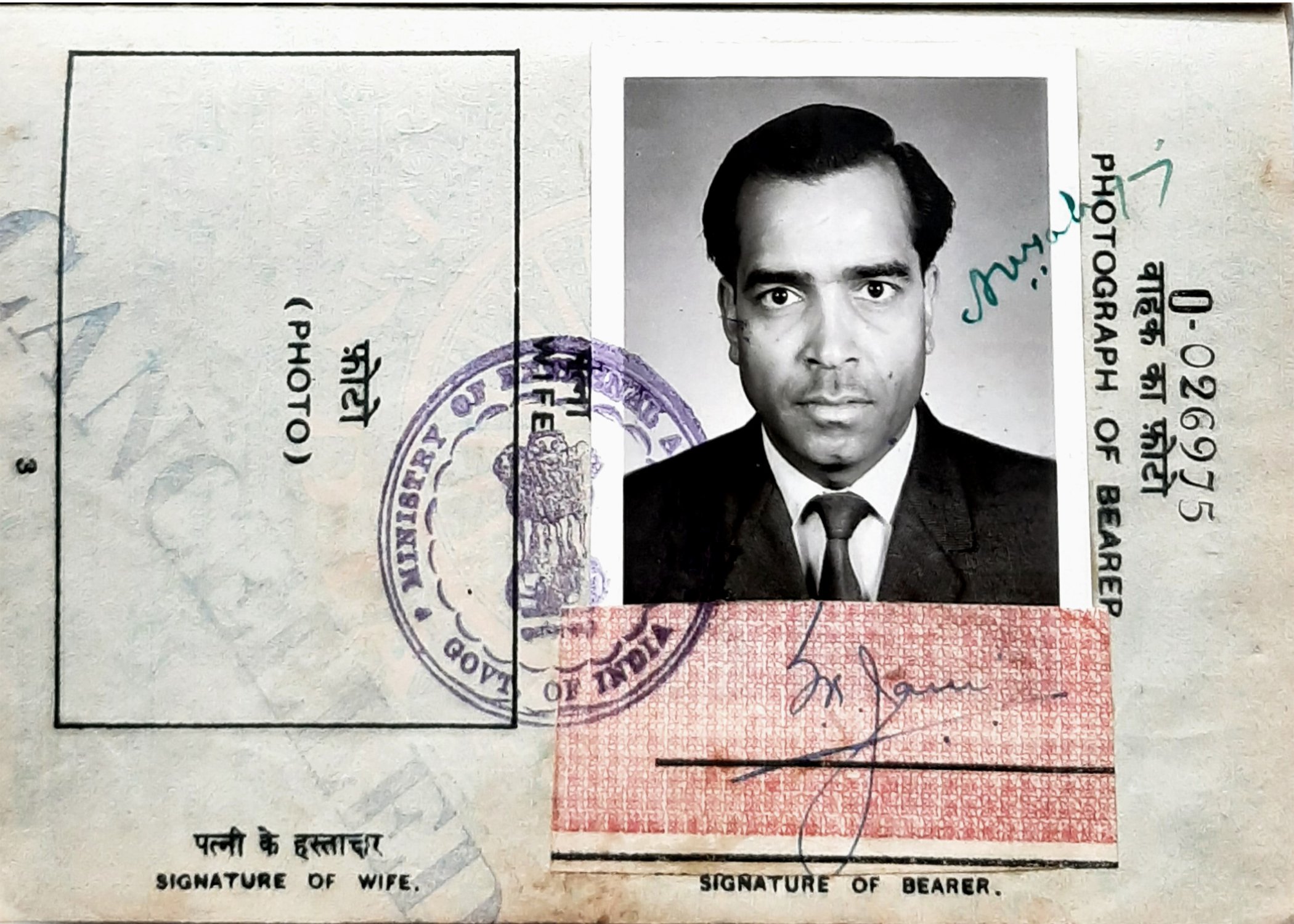ZAMBIA PHOTO BOOK
Why
I thought you might like to know what compelled me to make a photo book from some very old colour slides taken almost half a century ago in Zambia. I found these in my mother-in-law’s house totally by accident and the images have acquired a new lease of life in the photo book ‘A new life in Zambia: Early photographs by Sant Kumar Jain’. I don’t take credit for this book. Most of the photographs were taken by my father-in-law who didn’t have any formal experience or training in photography. This is why the photographs have an innocence and freshness about them.
There was another reason. Because the images are from the early days of the Indian expatriate community finding its feet in newly independent Zambia they convey a sense of the times, intimate family life and the excitement of a new community creating a new life for itself.
How
The colour slides were badly damaged and need to be restored. I decided to keep the original composition and faded colorations as I had found them. I re-photographed each 35mm transparency placed on a light box using a 100mm f2.0 macro lens. The next part of the process was conducted in Adobe Photoshop and involved removing scratches, embedded dust particles, spots and blemishes.
I felt a sense of joy in restoring these images. I think this was due to my feelings and a sense of connection with some of the people in the images, and with a period to which I could relate. Although I am not a great fan of universal photography theories I would say that Roland Barthes in his seminal work, Camera Lucida, talks of a quality in some photographs that punctures the surface and pricks (the punctum) a reaction in the viewer. This poking from beyond the surface provokes sustained interest. It was a soft call for action. Several of these decaying images possessed puncta for me: the white family car, the European coffee table, the swimming pool, the old jet plane on the runway at Lusaka airport, the design on my wife’s first sari etc.
This is what drove me to make a small photo book. It was for my immediate family members and I did not think that there would be any outside interest. I was wrong about this.
Several people who saw the book felt inspired to look again at their old photographs and have a go at making a photo book because those images evoke memories.
Making of the photo book
I made five dummy versions using Affinity Publisher and each time the book got better. This process was essential for gaining confidence, getting feedback and encouragement from my FIKA friends, @joannafurniss and @frankie.mcallister. I also sought input from Carl Furness a professional designer. Jo and Frankie who understood that this work was outside my comfort zone and their feedback led to the final cover design. This shows a detail from one of wife’s saris which was given to her whilst still a teenager in Zambia. So thank you Jo and Frankie.
Reactions
The first edition of 20 was published in December 2023. I was pleasantly surprised at the interest shown by Martin Steininger at The Photographers’ Gallery bookshop @tpgbookshop who are now stocking the second print run. A new life in Zambia was featured in the Spring 2024 edition of fLIP magazine. I am told to expect continued demand for this title.
The level of interest from the photographic community was beyond my expectations. I found this a little puzzling. There seem to be two reasons for this. The art market interest was because the book tells an exotic story; a story that sits in the historic context of independent Zambia and its ideological and political relations with India which led to the formation of an Indian expatriate community soon after both countries had become free from British colonial rule. At an individual level, the interest was due to the intimate nature of the images, images that through the lens of history, trigger memories of sweet times from a bygone age.
People who saw the book typically made connections with memories embedded in their collections of old photographs and several told me that they felt inspired to make a book or zine.
Such endeavours can be really rewarding. I would encourage you to explore your own old and faded collections and who knows what gems and joys you will find. Let me know if you do.
Top tips
· Do search out old photographs for your and family-histories
· Look for the stories embedded in these images as these may be the sources of inspiration
· Restore faithfully
· Keep faith and don’t be put off by negative feelings
Joy
Looking back at the Zambia images I realised that they gave a double sense of joy. The first was when S.K. Jain took the original photographs at the start of his new life in Zambia; and the second was my joy at discovering these images 52 years later and reacting to the multitude of ‘punctums’. So joy was important. I will be exploring joy in my next Thought-Zone piece and consider if it is possible to truly capture it and for the viewer to experience the sensation.
